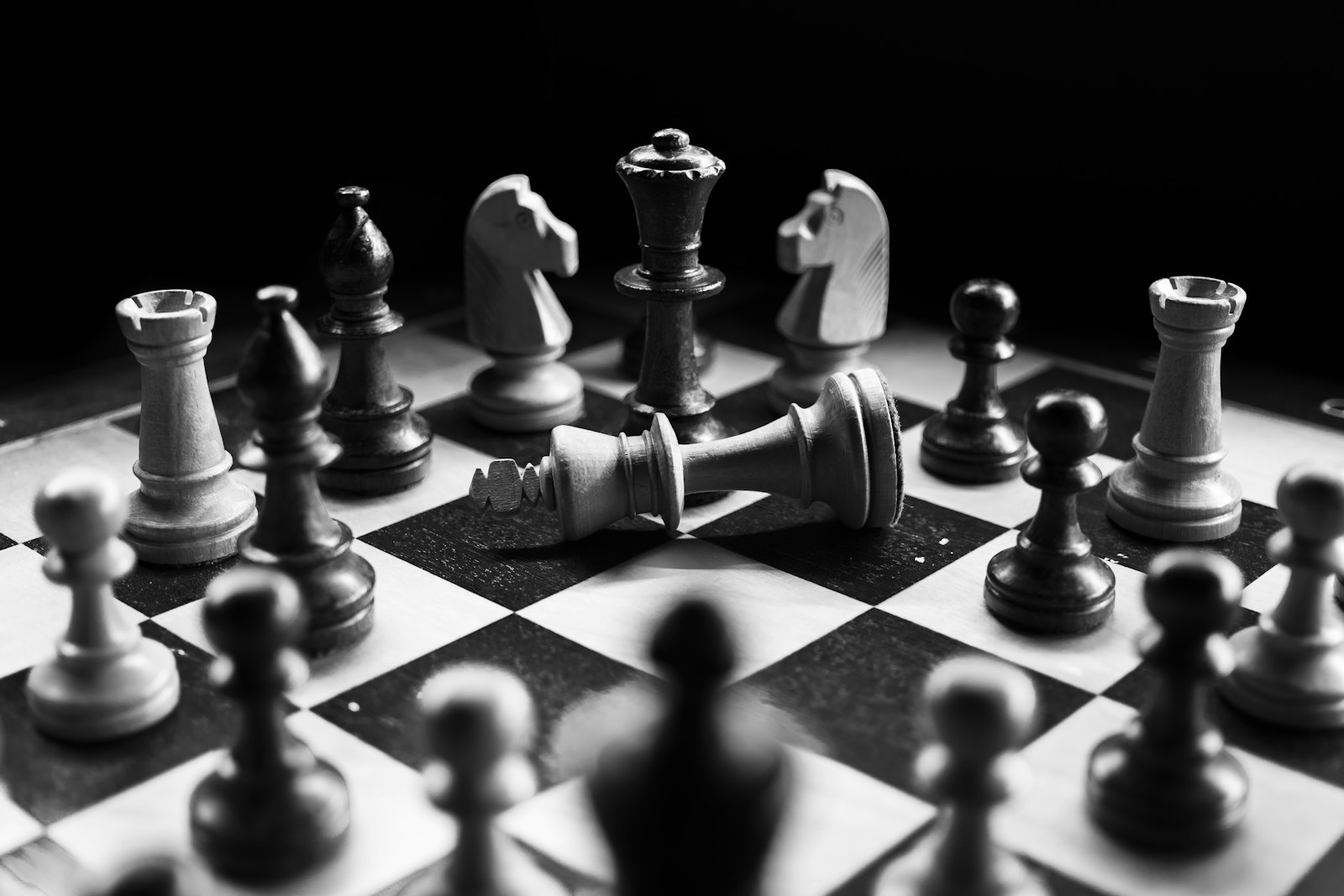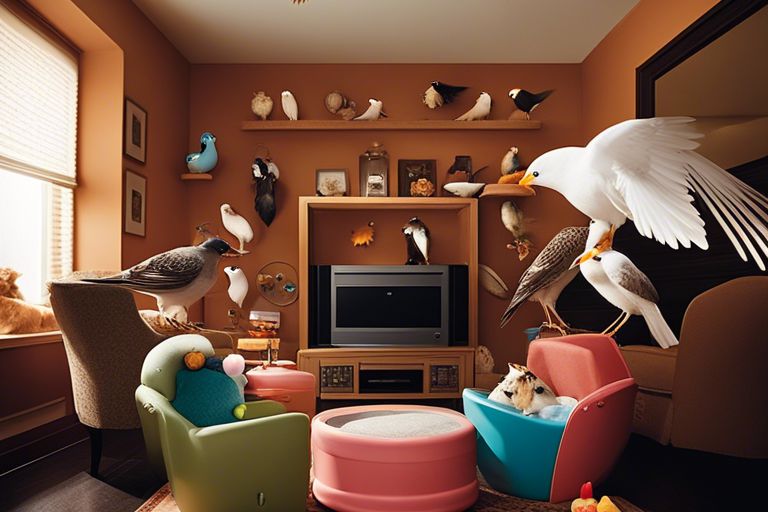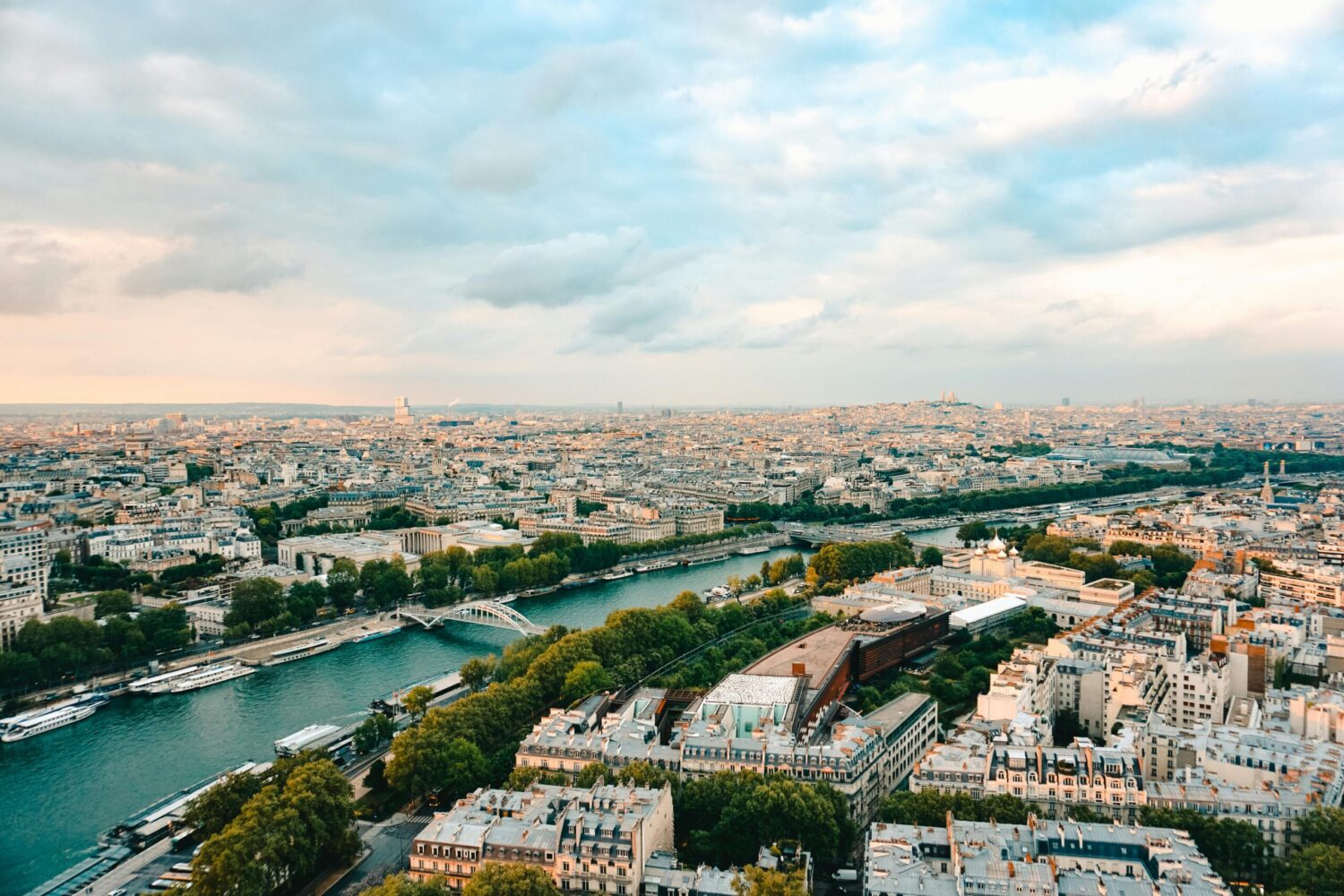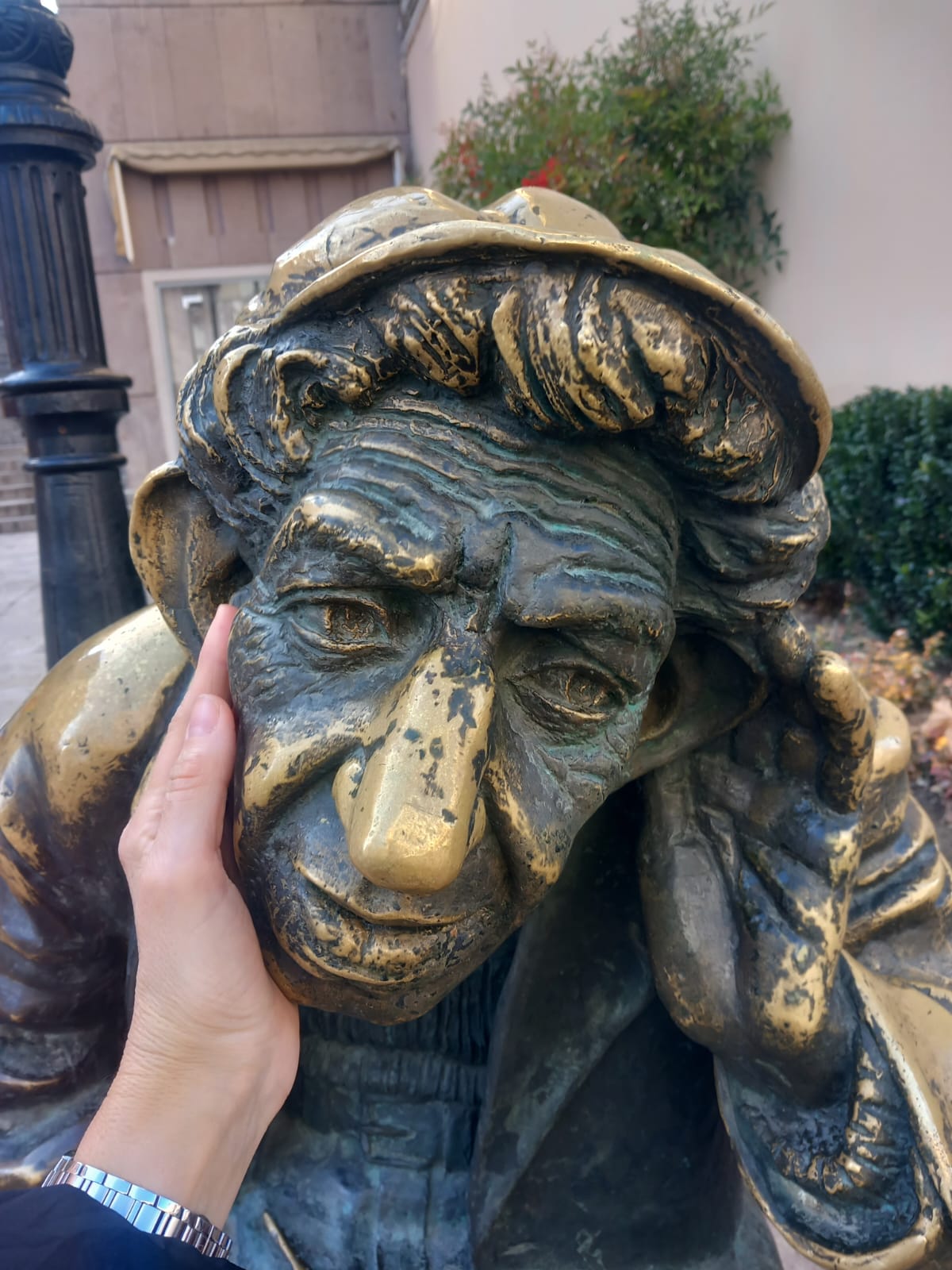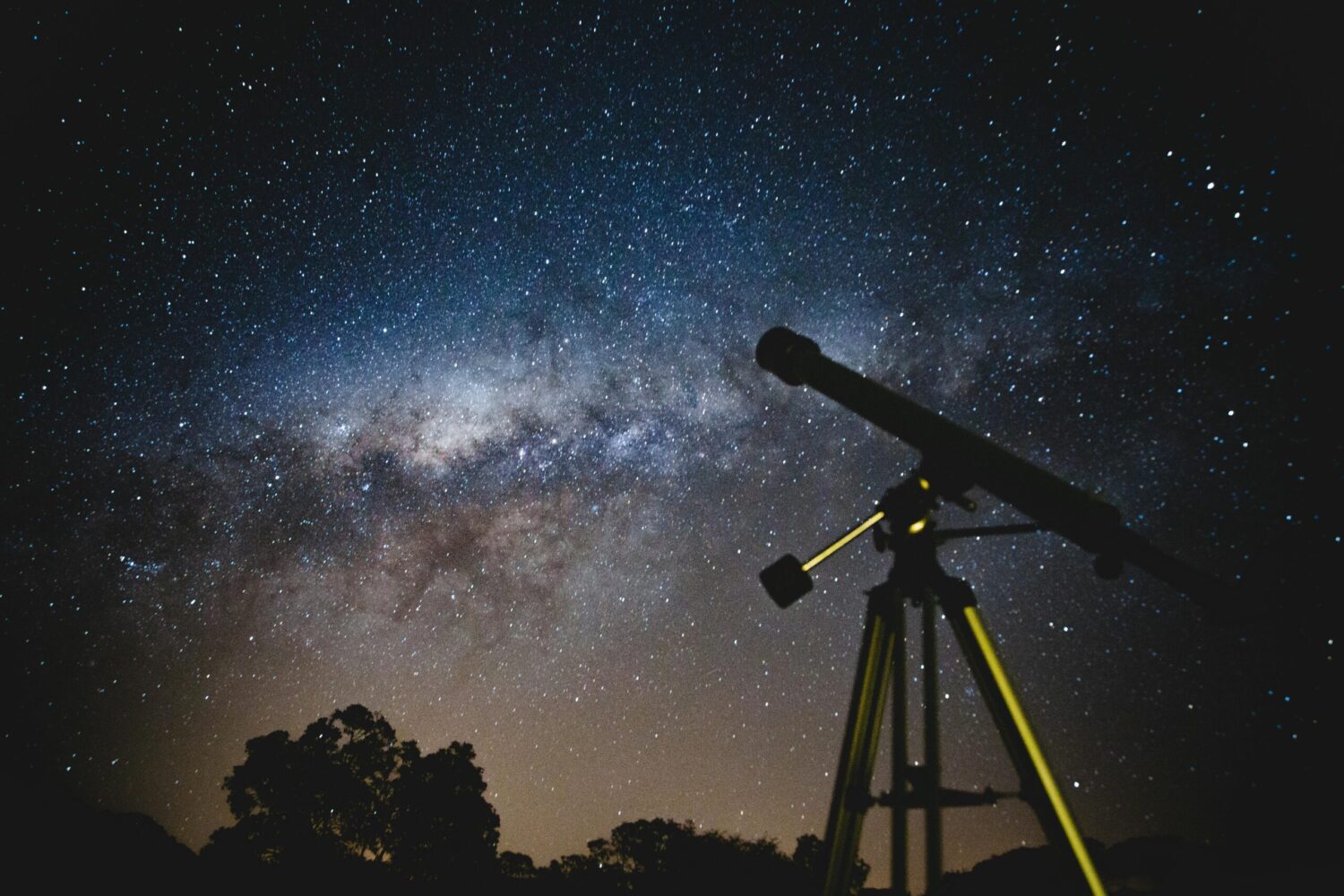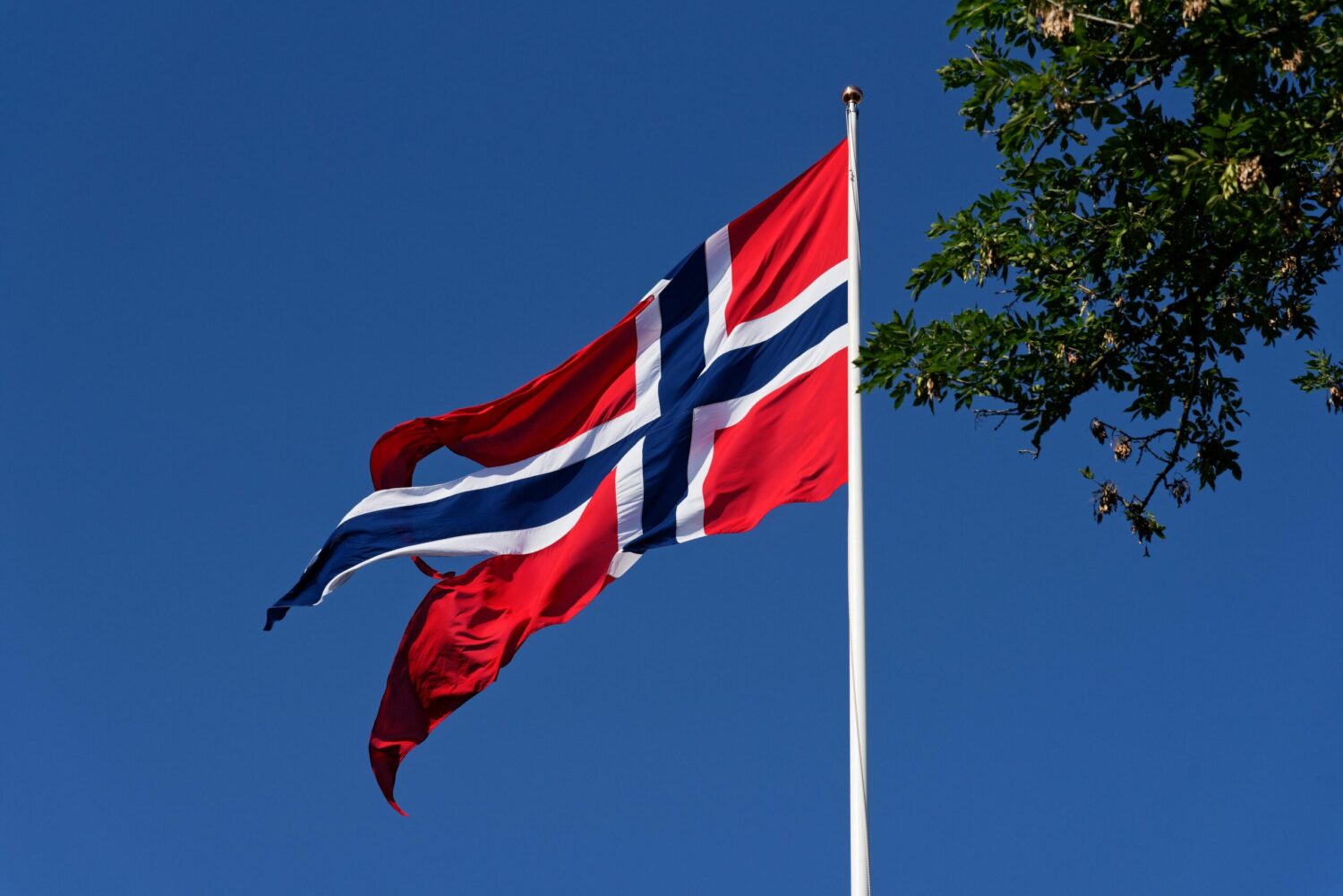The Top 5 Most Talkative Bird Species
Just imagine having a feathered friend that can talk your ear off! If you love chatty companions, these top 5 most talkative bird species will enchant you with their incredible ability to mimic sounds and speech. From African Grey Parrots known for their unparalleled intelligence to the colorful Budgerigars (Budgies) making adorable chatter, this list will introduce you to the most loquacious avian creatures. Whether you’re a bird enthusiast or simply curious about our feathered friends’ communication skills, you’re in for a treat with these chatterboxes of the sky!
Chatty Champions: The Top 5 List
Some birds are known for their constant chattering and melodious tunes that brighten up any environment. If you are curious about the most talkative bird species, check out 5 of The Most Talkative Birds that are sure to catch your attention.
The Sociable Parrot Family
One of the most iconic talkative bird families is the parrot family, known for their exceptional ability to mimic human speech and sounds. These sociable birds, such as African grey parrots and Amazon parrots, can engage in conversations and bond closely with their human companions, making them popular pets worldwide.
Melodious Songbirds and Their Tunes
Chatty Champions, such as the canary and mockingbird, are part of the melodious songbird category known for their enchanting tunes and repetitive calls. These birds have a wide range of vocalizations that they use to communicate with each other and establish territories, creating a symphony of sounds in their natural habitat.
The Art of Bird Banter
Any bird enthusiast knows that some avian species are chatterboxes, captivating us with their ability to mimic sounds and even words. If you’re curious about which feathered friends top the list of talkative birds, check out 8 Best Talking Bird Species to Keep as Pets.
Learning the Lingo: How Birds Acquire Their Vocal Skills
Lingo. Birds acquire their vocal skills through a combination of instinct, observation, and practice. Some birds, like parrots, have a remarkable ability to mimic sounds they hear in their environment, while others, like mynah birds, are excellent at imitating human speech patterns.
In the Wild vs. In the Home: Talkative Birds Across Environments
Birds. With proper training and socialization, talkative birds can thrive both in the wild and in home environments. While in the wild, these birds use their vocal skills to communicate with other birds, attract mates, and warn of potential dangers. In captivity, they can form strong bonds with their human companions and provide endless entertainment with their vocal abilities.
Caring for a Loquacious Feathered Friend
To What’s the most talkative bird?
Creating a Stimulating Environment for Conversations
For a chatty bird companion, it’s imperative to create a stimulating environment that encourages their vocal abilities. Provide a variety of toys, such as mirrors, bells, and puzzles, to keep them engaged and entertained. Placing their cage in a central location where they can interact with family members will also help keep them happy and talking.
Do’s and Don’ts When Interacting With Talkative Bird Species
Loquacious Friend, when interacting with talkative bird species, it’s important to remember a few key do’s and don’ts. Do spend quality time talking and interacting with your feathered friend daily to strengthen your bond. Don’t shout or yell around them, as they are sensitive to loud noises and may mimic them. Also, avoid negative reinforcement for their vocalizations, as this may confuse or upset your bird.
To wrap up
Ultimately, birds are fascinating creatures with unique abilities to communicate and socialize with each other. The top five most talkative bird species, including the African grey parrot, the budgerigar, the monk parakeet, the hill myna, and the yellow-naped amazon, showcase the diverse ways in which birds use their vocalizations to interact with their surroundings. Whether mimicking sounds, creating intricate songs, or engaging in playful chatter, these birds demonstrate the beauty and complexity of the avian world. So next time you hear chirping or squawking outside your window, take a moment to appreciate the vibrant conversations happening in the treetops above.
Paris with bad news for tourists who planned to watch the opening of the Olympic Games for free
Tourists will not be allowed to watch the opening ceremony of the Paris Olympics for free as originally promised, the French government said, as quoted by the Associated Press.
The reason is security concerns for the outdoor event by the Seine River.
Organizers had planned a grand opening ceremony on July 26 that could be attended by around 600,000 people, most of whom could watch for free from the riverbanks, but security and logistical concerns have led the government to scale back its ambitions .
Last month, the total number of spectators who could attend the event was reduced to around 300,000 people. Now Interior Minister Gerald Darmanen said 104,000 of them would have to buy tickets with seats on the north bank of the Seine, while 222,000 would be able to watch for free from the south banks.
However, he stated that the free tickets will no longer be available to the public and will instead be replaced by invitations.
“To control the movement of the multitude of people, we cannot invite everyone to come,” stated Darmanen.
Two Home Office officials said the decision meant tourists would not be able to sign up for free entry as previously announced. Instead, access to the ceremony will be determined through quotas for selected residents of the cities where Olympic events are held, local sports federations and other individuals chosen by the organizers or their partners.
Local city councils can invite “their employees, kids from local soccer clubs and their parents,” for example, Darmanen said. Invitees will then have to undergo a security check and receive QR codes to pass through the security barriers.
Illustrative Photo by Luke Webb: https://www.pexels.com/photo/panoramic-view-of-city-of-paris-2738173/
Reserved seats for black people at theater performances in London have sparked controversy
A London theater’s decision to reserve seats for black people audiences for two of its productions of a play about slavery has drawn criticism from the British government, France Press reported on March 1st.
Downing Street has condemned the idea as “divisive to society”.
The Noel Coward Theater in London’s West End has scheduled two “Black Out” theater nights, which will give preference to black people audiences for two productions of Jeremy O. Harris’ play “The Game of slaves” (Slave Play), which from June 29 will be played on the London stage for nearly two months.
The play, starring Kit Harington, best known for his role in the series Game of Thrones, has enjoyed great success since its premiere on Broadway in New York in 2019. It tells a story about “race, identity and sexuality” in a plantation, says AFP.
The two theatrical performances, scheduled for July 17 and September 17 this year in the British capital, generated such a wave of reactions that they provoked a comment from the government of the Conservative Party, which is an outspoken critic of the ideology of “wokism” (a movement of “wakemen” – from English woke, born from police violence against blacks in the US), notes the agency.
“The Prime Minister is a big fan of art and believes it should be inclusive and open to all, especially where art galleries receive government funding,” said a spokesman for British Prime Minister Rishi Sunak.
“Clearly, limiting audiences based on race is wrong and divisive,” he added.
God gives shepherds according to the heart of the people
By St. Anastasius of Sinai, ecclesiastical writer, also known as Anastasius III, Metropolitan of Nicaea, lived in the 8th century.
Question 16: When the apostle says that the authorities of this world are set up by God, does this mean that every ruler, king and bishop is raised up by God?
Answer: From what God said in the Law, “And I will give you shepherds in your hearts” (Jer. 3: 15), it is clear that those princes and kings who are worthy of this honor are appointed by God; while those who are not worthy, they are set over the unworthy people according to their unworthiness, by God’s permission or will. Hear some stories about this.
When the tyrant Phocas became king and began to carry out the bloodshed through the executioner Vosonius, a monk from Constantinople, who was a holy man and had great courage before God, turned to Him with simplicity, saying: “Lord, why did you make him king?”. And after he had repeated this for many days, an answer came from God, which read: “Because I have not found a worse one.”
There was another very sinful city around Thebaid, in which many vile and indecent things happened. In this city, a very depraved resident of it suddenly fell into some false love, went, cut his hair and put on a monastic habit, but did not stop doing his evil deeds. It happened, therefore, that the bishop of that city died. An angel of the Lord appeared to a holy man and said to him: “Go and prepare the city so that they may choose as bishop one who comes from the laity.” The holy man went and did what was commanded. And as soon as the one who came from the rank of the laity was ordained, i.e. the same layman of whom we have mentioned, in the mind of (the new bishop) came dreams and high-mindedness. Then an angel of the Lord appeared to him and said to him: “Why do you think highly of yourself, wretch? You did not become a bishop because you were worthy of the priesthood, but because this city is worthy of such a bishop.”
Therefore, if you see any unworthy and wicked king, chief, or bishop, do not wonder, nor blame God’s providence, but learn and believe that because of our sins we are given over to such tyrants. But even so, we do not move away from evils.
Source: Φιλοκαλία τῶν Νηπτικῶν καί Ἀσκητῶν (Ἀναστάσιος ὁ Σιναΐτης), τόμ. 13Β, Ε.Π.Ε., ἐκδ. “Γρηγοριος ὁ Παλαμᾶς”, Thessaloniki 1998, σ. 225 ἑξ.
A telescope observes for the first time an ocean of water vapor around a star
Twice as massive as the Sun, the star HL Taurus has long been in view of ground-based and space-based telescopes
The ALMA radio astronomy telescope (ALMA) has provided the first detailed images of water molecules in the disk where planets can be born from the very young star HL Tauri (HL Tauri), AFP reported, citing research published in the journal Nature Astronomers.
“I never imagined that we could get an image of a water vapor ocean in the very region where a planet is likely to form,” said Stefano Facini, an astronomer at the University of Milan and lead author of the study.
Located in the constellation Taurus and very close to Earth – “only” 450 light-years away, the star twice as massive as the Sun HL Taurus has long been in the field of view of ground-based and space-based telescopes.
The reason is that its proximity and youth – at most one million years old – offer a spectacular view of its protoplanetary disk. It is the mass of gas and dust around a star that allows planets to form.
According to theoretical models, this formation process is particularly fruitful at a specific place on the disc – the ice line. This is where the water, which is in the form of vapor near the star, turns into a solid state as it cools. Thanks to the ice that covers them, the dust grains coagulate with each other more easily.
Since 2014, the ALMA telescope has been providing unique images of the protoplanetary disk, showing alternating bright rings and dark furrows. It is believed that the latter betray the presence of the seeds of planets, which are formed by the accumulation of dust.
The study recalls that other instruments have detected water around HL Taurus, but at too low a resolution to accurately delineate the ice line. From its high altitude of over 5,000 meters in Chile’s Atacama Desert, the European Southern Observatory’s (ESO) radio telescope is the first to define this limit.
The scientists also note that, to date, ALMA is the only facility capable of spatially resolving the presence of water in a cold planet-forming disk.
The radio telescope has detected the equivalent of at least three times the amount of water contained in all of Earth’s oceans. The discovery was made in a region relatively close to the star, with a radius equal to 17 times the distance between the Earth and the Sun.
Perhaps even more significant, according to Facini, is the discovery of water vapor at various distances from the star, including in space where a planet is currently possible to form.
According to the calculations of another observatory, there is no lack of raw material for its formation – the mass of available dust is thirteen times that of the Earth.
The study will therefore show how the presence of water can affect the development of a planetary system, as it did 4.5 billion years ago in our own solar system, Facini notes.
However, the understanding of the formation mechanism of the planets of the Solar System remains incomplete.
Illustrative Photo by Lucas Pezeta: https://www.pexels.com/photo/black-telescope-under-blue-and-blacksky-2034892/
How To Successfully Introduce Your Dog To Other Pets
Pets can bring so much joy into our lives, but introducing a new furry friend to your existing four-legged family members can be a bit of a challenge. Making sure the initial introduction goes smoothly is crucial for fostering positive relationships between your pets. From dogs and cats to smaller animals like rabbits or guinea pigs, every pet has its own unique personality and needs. In this blog post, we will discuss important tips and techniques to help you successfully introduce your dog to other pets in a way that minimizes stress and maximizes harmony in your home.
There’s nothing quite like adding a new furry friend to your family, but introducing them to your current pets can be a tricky task. Not properly introducing your dog to other pets can lead to conflict and dangerous situations. With the right approach and patience, you can help ensure a smooth and successful introduction between your dog and other pets. In this blog post, we will provide you with tips and strategies to make the process as stress-free and positive as possible, allowing your dog and other pets to form a harmonious relationship. Let’s get started!
The Planning Phase
Before introducing your dog to other pets, it’s imperative to properly plan and prepare for the interaction. This will help alleviate any stress or tension and ensure a successful introduction.
Knowing When Is the Right Time
Even before bringing a new pet home, it’s crucial to assess your dog’s behavior and temperament. Knowing your dog’s personality and how they react to new situations can help determine when is the right time to introduce them to another pet. Aggressive behaviors, fear, or anxiety towards other animals can indicate that your dog may not be ready for a new furry companion. Positive signs such as curiosity, playfulness, and calmness suggest that your dog may be open to meeting a new friend.
How Artists And Designers Can Embrace AI-Generated Images In Their Work in 2024
Creativity in the digital age has taken a revolutionary turn with the advent of AI-generated images. Artists and designers can now harness the power of artificial intelligence to enhance their creative process and push boundaries like never before. From generating unique textures and patterns to creating hyper-realistic visuals, AI technology offers a wealth of possibilities for innovation. However, it is crucial for creators to understand the implications of using AI-generated images, including concerns around intellectual property rights and ethical considerations. By embracing this cutting-edge technology responsibly, artists and designers can unlock a new realm of artistic expression and redefine the boundaries of visual storytelling.
Understanding AI-Generated Images
Little do many artists and designers know, professional artists have embraced AI art as a tool for their creative expression. To fully appreciate and integrate AI-generated images into their work, it is crucial to understand how these images are created and the technology that drives them.
Definition and types of AI image generators
| Image | Details |
| Style Transfer | Applies the style of one image to another |
| GANs (Generative Adversarial Networks) | Use two neural networks to generate new content |
| Deep Dream | Enhances and modifies images in a dream-like way |
| Pix2Pix | Transforms sketches into realistic images |
| Neural Style Transfer | Merges the style of one image with the content of another |
After grasping the types of AI image generators available, artists and designers can choose the ones that best align with their creative vision and goals.
The technology behind AI art
Understanding the technology behind AI art is necessary for artists and designers looking to leverage AI-generated images in their work. AI-Generated images are created using complex algorithms and neural networks that can automatically generate images based on patterns and data they are trained on. These images can range from stunning pieces of art to potentially deceiving deepfakes, making it crucial for creators to have a strong understanding of the technology at play.
Integrating AI into Artistic Practices
Collaborative opportunities between AI and artists
Assuming a proactive approach, artists can explore collaborative opportunities with AI to push the boundaries of traditional art forms. By working alongside AI systems, artists can leverage the technology’s capacity for rapid generation and iteration of visual concepts, leading to innovative and unexpected outcomes.
Techniques for melding AI imagery with conventional art
On the technical side, artists can experiment with various techniques for blending AI-generated imagery with traditional art practices. An understanding of image manipulation software, machine learning algorithms, and creative coding can empower artists to seamlessly integrate AI-generated elements into their artistic creations.
With this approach, artists can create a harmonious fusion of human creativity and artificial intelligence, opening up new possibilities for artistic expression. By embracing AI-generated images in their work, artists can tap into a vast wellspring of inspiration and explore uncharted territories in visual arts.
Ethical Considerations and Intellectual Property
After How AI Will Impact Graphic Design in the Future, artists and designers are increasingly turning to AI-generated images in their creative process. However, as they probe deeper into this new technology, they must consider the ethical implications and navigate the complex landscape of intellectual property rights.
Navigating the ethical landscape of AI in art
Landscape of AI in art brings forth questions about authorship, authenticity, and the potential for exploitation. Artists must navigate these ethical considerations by being transparent about their use of AI tools, ensuring that the generated work does not infringe on the rights of others, and considering the implications of creating art that blurs the lines between human and machine creativity.
Handling copyright and ownership with AI-generated art
Copyright with AI-generated art can be a gray area, as the traditional understanding of ownership and authorship becomes muddled. Artists must be vigilant in understanding and respecting copyright laws when using AI to create images. They should also consider the implications of selling or licensing AI-generated artwork, as ownership rights and legal responsibilities may differ from traditional art.
Intellectual property rights are at the core of any artistic endeavor, and with the integration of AI in the creative process, it is crucial for artists and designers to proactively address these concerns. While AI offers exciting new possibilities for artistic expression, it also poses challenges in terms of ownership, authenticity, and ethical standards. By staying informed, respecting copyright laws, and approaching AI-generated art with integrity, artists can embrace this technology while also upholding ethical and legal standards in their work.
Preparing for the Future
Once again, it is imperative for artists and designers to stay abreast of the latest advancements in AI technology to enhance their creative processes. To probe deeper into the intersection of AI and art, check out AI in Art: Embracing Opportunities for Designers.
Adapting to evolving AI technologies
Future of art and design is intertwined with the rapid advancements in AI technologies. Artists and designers need to adapt to the changing landscape of AI-generated images to remain relevant in their fields. Staying abreast of the latest tools and techniques in AI-generated art will be crucial for leveraging the opportunities that AI presents.
Strategies for staying relevant as an artist or designer
Future technologies are reshaping the artistic landscape, presenting both challenges and opportunities. Staying relevant as an artist or designer in the age of AI requires a willingness to embrace new technologies and experiment with innovative approaches. By combining traditional artistic skills with AI-powered tools, creatives can enhance their work and expand their creative horizons.
Drawing together the creative potentials of artificial intelligence with the vision and skills of artists and designers can lead to innovative and groundbreaking works of art. Embracing AI-generated images in their work enables artists to explore new techniques, push boundaries, and enhance their creative processes. By recognizing the collaborative potential of AI, artists and designers can unlock a world of endless possibilities, shaping the future of artistic expression in exciting ways.
Details of the state of the Norwegian king
Norway’s King Harald will stay a few more days in a hospital on the Malaysian island of Langkawi for treatment and rest before returning to Norway, the royal family said, as quoted by Reuters.
The 87-year-old monarch was on holiday in the Southeast Asian country, but it was revealed earlier this week that he had an infection.
“His Royal Highness is still recovering,” the palace said.
The country’s government yesterday asked the army to handle the king’s journey back to Norway. A medical evacuation plane arrived in Langkawi after leaving Oslo.
Crown Prince Haakon is taking over duties in his father’s absence, including the weekly meeting with the prime minister and the government, which is due to take place later today.
King Harald has held the ceremonial post in Norway since 1991 and is the oldest monarch in Europe. In recent years, he has been repeatedly hospitalized for infections and underwent heart surgery.
According to the statement, the monarch has an infection and is being treated by both Malaysian and Norwegian doctors. King Harald V, who is Europe’s oldest monarch, celebrated his 87th birthday about a week ago. The royal family previously announced that the king was planning a private trip abroad, but did not say exactly where or when.
Harald the Fifth has been on the royal throne in Norway since 1991, after inheriting the throne from his father King Olaf V. The monarch has recently had health problems and spent several times in hospital due to infections, and in 2020 he also underwent surgery for heart valve replacement. King Harald V recently said he has no plans to emulate Denmark’s Queen Margrethe II, who abdicated in January at the age of 83. Harald, who is the great-great-grandson of Britain’s Queen Victoria, has said he has no plans to abdicate and his oath to serve Norway is for life.
Photo by Gu Bra: https://www.pexels.com/photo/torn-flag-of-norway-billowing-in-the-wind-6639883/
At least one person in eight now suffers from obesity
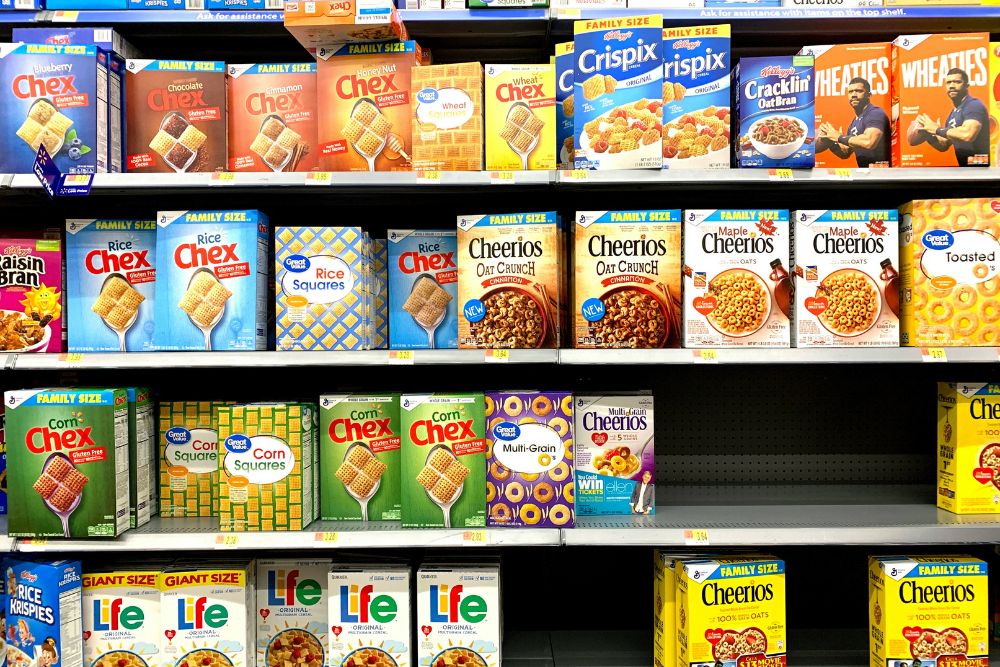
At least one in eight people on Earth are living with obesity, the World Health Organization (WHO) said on Friday, citing a newly released global medical study.
That’s one billion people who lived with the disease in 2022, a number that has doubled among adults and quadrupled among five to 19-year-olds since 1990, according to data from the study, published in The Lancet, a renowned United Kingdom-based medical journal.
“This new study highlights the importance of preventing and managing obesity from early life to adulthood through diet, physical activity and adequate care, as needed,” said Tedros Adhanom Ghebreyesus, Director-General of WHO, which contributed to the study.
Global targets to curb obesity
A complex chronic disease, obesity has become a crisis, unfolding in epidemic proportions that reflect a stark rise over the past few decades.
While the causes are well understood, as are the evidence-based interventions needed to contain the crisis, the problem is that they are not implemented, according to the UN health agency.
“Getting back on track to meet the global targets for curbing obesity will take the work of governments and communities, supported by evidence-based policies from WHO and national public health agencies,” the UN health chief said.
It also requires the cooperation of the private sector, which must be accountable for the health impacts of their products, he added.
The study’s data also showed that 43 per cent of adults were overweight in 2022.
Deadly consequences
In the Europe, overweight and obesity are among the leading causes of death and disability, with estimates suggesting they cause more than 1.2 million deaths annually, according to WHO’s regional office.
Obesity increases the risk for many noncommunicable diseases, including cardiovascular diseases, type 2 diabetes and chronic respiratory diseases. Overweight people and those living with obesity have been disproportionately affected by the consequences of the COVID-19 pandemic, often experiencing more severe disease and other complications, the UN health agency said.
It is considered a cause of at least 13 different types of cancer, likely to be directly responsible for at least 200,000 new cancer cases annually across Europe, according to WHO.
“This new study highlights the importance of preventing and managing obesity from early life to adulthood through diet, physical activity and adequate care, as needed,” said Tedros Adhanom Ghebreyesus, Director-General of WHO, which contributed to the study.
Global targets to curb obesity
A complex chronic disease, obesity has become a crisis, unfolding in epidemic proportions that reflect a stark rise over the past few decades.
While the causes are well understood, as are the evidence-based interventions needed to contain the crisis, the problem is that they are not implemented, according to the UN health agency.
“Getting back on track to meet the global targets for curbing obesity will take the work of governments and communities, supported by evidence-based policies from WHO and national public health agencies,” the UN health chief said.
It also requires the cooperation of the private sector, which must be accountable for the health impacts of their products, he added.
The study’s data also showed that 43 per cent of adults were overweight in 2022.
Deadly consequences
In the Europe, overweight and obesity are among the leading causes of death and disability, with estimates suggesting they cause more than 1.2 million deaths annually, according to WHO’s regional office.
Obesity increases the risk for many noncommunicable diseases, including cardiovascular diseases, type 2 diabetes and chronic respiratory diseases. Overweight people and those living with obesity have been disproportionately affected by the consequences of the COVID-19 pandemic, often experiencing more severe disease and other complications, the UN health agency said.
It is considered a cause of at least 13 different types of cancer, likely to be directly responsible for at least 200,000 new cancer cases annually across Europe, according to WHO.
Undernutrition challenges
Malnutrition, in all its forms, includes obesity, inadequate vitamins or minerals and being overweight. It also includes undernutrition, which covers wasting, stunting and being underweight (or thinness) and is responsible for half of the deaths of children under five.
The study showed that even though the rates of undernutrition have dropped, it is still a public health challenge in many places, particularly in Southeast Asia and sub-Saharan Africa.
Countries with the highest combined rates of underweight, or thinness, and obesity in 2022 were island nations in the Pacific and the Caribbean and those in the Middle East and North Africa.
WHO’s acceleration plan
At the World Health Assembly in 2022, Member States adopted the WHO acceleration plan to stop obesity, which supports country-level action through 2030.
To date, 31 governments are now leading the way to curb the obesity epidemic by implementing the plan.
Some of the ways they are doing that include such core interventions as breastfeeding promotion and regulations on the harmful marketing of food and beverages to children.
Healthy diets for all
One of the co-authors of the study, Dr. Francesco Branca, Director of WHO’s Nutrition and Food Safety Department, said there are “significant challenges” in implementing policies that aim to ensure affordable access to healthy diets for all and create environments conducive to physical activity and overall healthy lifestyles.
“Countries should also ensure that health systems integrate the prevention and management of obesity into the basic package of services,” he said.
Addressing undernutrition requires action in the agriculture, social protection and health sectors to reduce food insecurity, improve access to clean water and sanitation and ensure universal access to essential nutrition interventions, according to the UN health agency.
The new study used data from 200 countries and territories, including 3,663 population-based studies with 222 million participants. WHO contributed to the data collection and analysis of the study and disseminated the full dataset through its Global Health Observatory.



